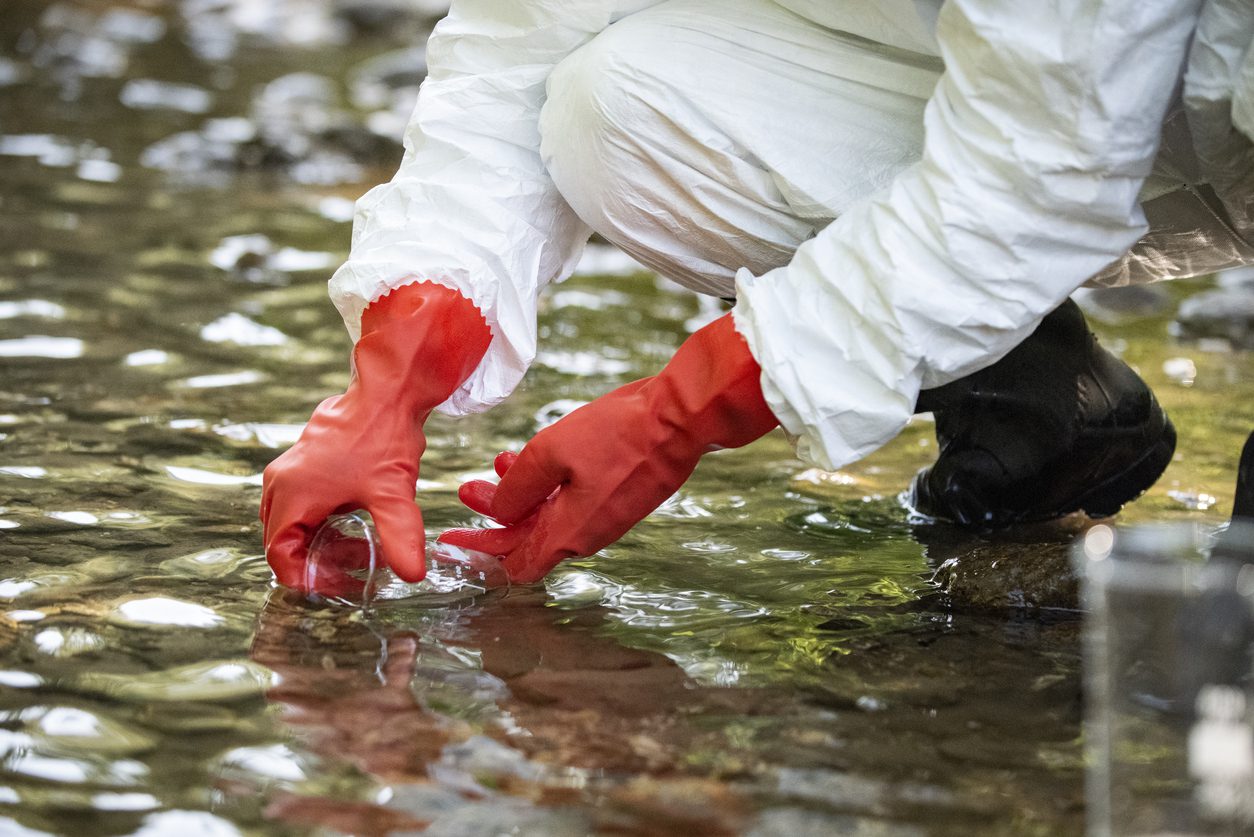Residents of Garland are asking the city to protect local waterways and air from industrial polluters in the future.
Garland’s contaminated soil cleanup is expected to be completed by March, after kicking off in September. However, some think the cleanup will not completely solve the contamination issue.
The Environmental Protection Agency (EPA) has been working on a cleanup process for lead-and arsenic-contaminated soil around an elementary school since September. When the cleanup process began, the agency expected to finish in ten weeks.
However, they discovered higher levels of lead when they dug deeper into the ground in the areas that touched the stream close to the school. This caused the estimated cleanup time to increase.
Per a report by The Dallas Morning News, some neighborhood residents, advocates, and professors have expressed concerns about the higher lead levels and past industrial activity in the area.
According to The Dallas Morning News, Dr. Barbara Minsker, a department chair of civil and environmental engineering at Southern Methodist University, said that cleaning the soil around the creek might not be enough to make the environment safe.
Minsker, who teaches an environmental epidemiology class, told her students that lead attaches to the soil and could get washed down in the sediment on the bottom of the creek from upstream.
“This is going to be a continuing problem,” she said.
Minsker also said that she and her students had not conducted sufficient testing on the sediments inside the creek as her students are awaiting the results of tests they did on samples taken in the fall.
EPA site coordinator Eric Delgado also said that the EPA has not sampled the creek bed and did not have plans to do so as of early December. He explained that the creek bed is dried up most of the time and primarily consists of hard limestone, thus, making it more difficult for lead to attach to the bottom of the stream.
Delgado said that the agency is not worried about possible human exposure to lead in the stream and is confident that other nearby waterways are not contaminated by the high lead levels, which are localized to stream 2C4.
“We’re not worried from an exposure perspective,” he said, “that water or any type of sediment for the type of stream that we’re dealing with is a concern for an imminent and substantial danger to human health or the environment.”
Per The Dallas Morning News, residents of Garland are asking the city to protect local waterways and air from industrial polluters in the future as that is the only way they can be safe.
Sixty-three-year-old Mark Hickman, who grew up watching industrial site workers dump unknown substances into local waterways close to streams which were a playground for him and his peers, is one of those calling for a safer environment.
“It’s not going to be the Garden of Eden. It’s not going to be perfect. But we want Garland to put forth a better effort to protect the citizens and protect the environment over there,” he said.






